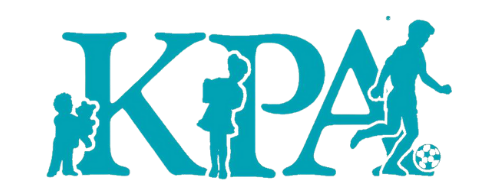Why Do Young People Begin to Use Mood Altering Drugs?
Working in the field of addiction medicine for the last 35 years and as a practicing pediatrician for the last 20 years has allowed me to draw several conclusions about substance abuse and addiction in adolescents and young adults. Is adolescent addiction a recent disease of the new millennium? Certainly not. Have the reasons that adolescents begin to abuse drugs changed in the last 50 years? No, the reasons are the same. Have the substances of abuse morphed over the last decade. Yes, and that is a particular concern for myself and other practicing pediatricians.
Why do young people begin to use mood altering drugs? Most people assume that young people begin to abuse drugs to feel good. And that is certainly the case for many. The young adult goes away to college and joins a fraternity and begins to use alcohol and pot and nicotine and other gateway drugs to feel good and to have a good time. That’s why they are called mood altering drugs. What most people do not understand is for the vast majority of young adults who progress to addiction, these individuals more commonly begin to use mood altering drugs to relieve pain. Perhaps as a child they suffered from an undiagnosed and untreated attention deficit disorder or learning disability. We know that both of these disorders lead to low self-esteem in a young person. If a child doesn’t feel good about himself, doesn’t feel like he fits in or belongs he will invariably gravitate to others in the school with the same low self-esteem. These young people will often begin to look for substances that make them feel better. Children can be physically abused, sexually abused or more commonly emotionally abused. Any type of abuse in childhood will also predictably lead to a feeling of reduced self worth which again frequently results in the child looking for a substance to make him feel whole again.
Other examples might be the child who has an emotionally ill parent. When a parent is depressed, that parent is unable to be emotionally available to the child. This lack of emotional attachment will cause the child to feel empty inside, like there is something missing. This situation will also lead the young adult to look for something to fill that hole. Im not placing blame here. The parent desperately does not want to be depressed. But the bottom line is that the parents depression does negatively affect a child. A parent could be addicted to alcohol, drugs, gambling, or work. A parent who is actively addicted cannot be emotionally available so this child too feels empty and will eventually look for a substance to fill that void.
Young people begin to use mood altering drugs to feel good or more commonly to relieve pain. They learns the principle “better living through chemistry”. For a while, the gateway drug will work just fine but as the child develops a tolerance for the drug and the drug becomes less effective he will usually move on to another drug and that drug will work for a while but then quit working. Eventually the young person will progress to the point that no matter what he uses the drugs do not work anymore. When the drugs quit working, why doesn’t he just stop? Because as the substance abuse has progressed over months or years many of these children will cross the wall to become chemically dependent. Chemical dependency is a chronic, progressive, biogenetic disease. How do we know when a child has crossed this wall? He’s developed the primary compulsion to use the drug. He no longer uses the drug to to feel good or to relieve pain. He uses the drug because he has a compulsion to use. He will lie, steal, cheat, whatever it takes to get the drug. He hasn’t suddenly become a sociopath or a bad person. His compulsion to use the drug causes him to violate his own moral code fuleing his feelings of low self-worth and emptiness.
Different drugs have different addition potentials and variable levels of compulsivity. Alcohol and pot may take many months or even years to activate addiction. While cocaine and opiates can activate addiction in a matter of weeks or a few months. The reality is that usually when a young person begins to abuse cocaine and opiates he has already crossed the wall. The problem with the “harder” drugs in general and the opiates in particular is that the compulsivity is extreme. Every waking moment the young person is thinking about where can I get my next dose.
And that brings me to events I have witnessed over the last 5 years in addiction medicine. Many young people entering treatment for chemical dependency are dependent on opiates. Up until a couple of years ago the opiate dependency was usually limited to oral narcotics like hydrocodone. More recently, however, I’ve worked with a number of young people addicted to IV heroin. IV heroin addiction causes the disease to progress at an exponential rate and will frequently lead to death in less than 2 years.
If there is any good news here, it’s that chemical dependency is a very treatable though not curable disease. With help and appropriate treatment and support young people can and do recover from this disease. Recovery is also progressive. As the young person gets better “one day at a time” he will reach that point that he loses all compulsion to use drugs. And as long as he has internalized the first step of his recovery program “I am powerless over drugs” and chooses not to use mood altering drugs again he will be forever free of the compulsion to use.
